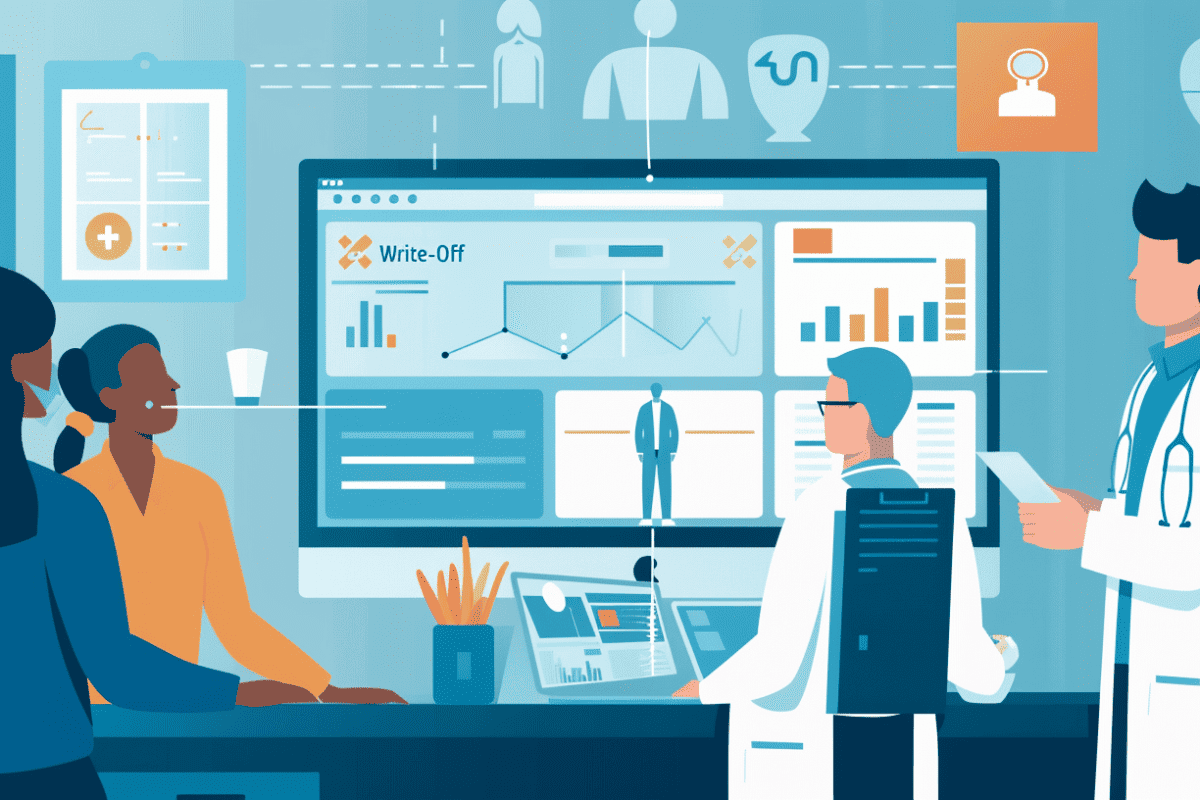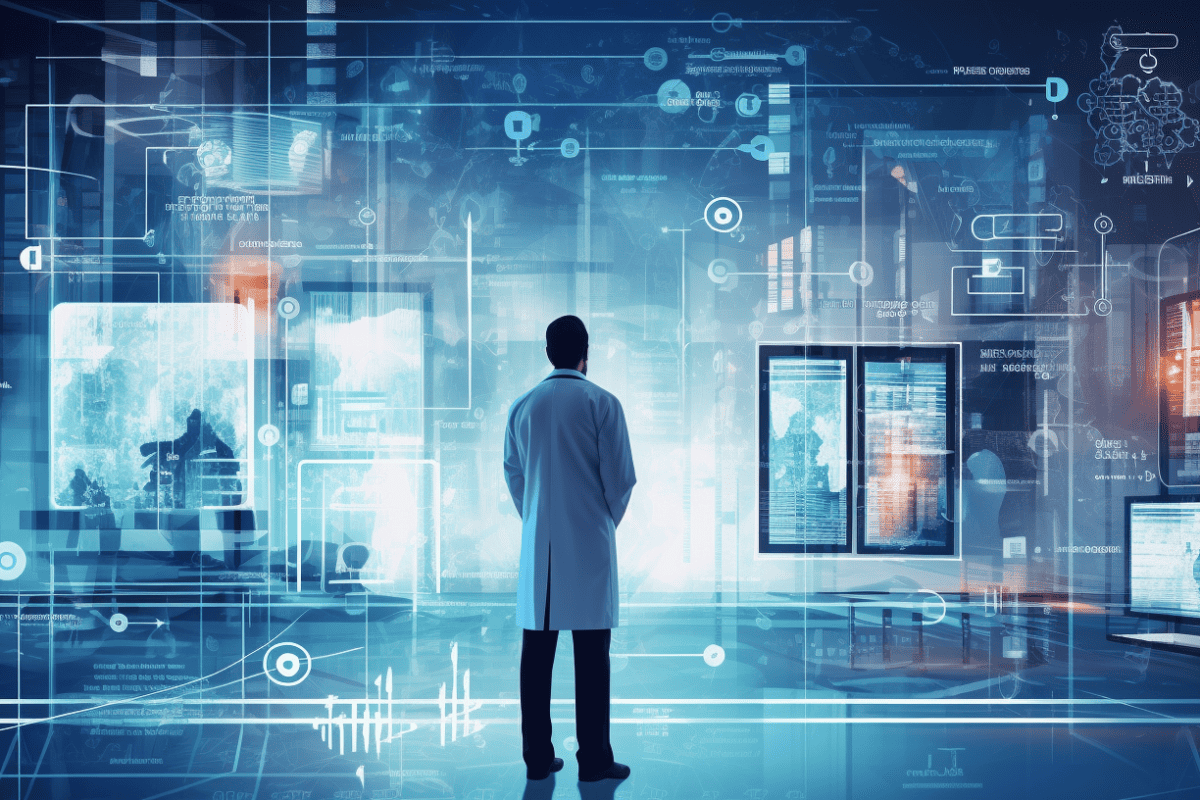Assisted living facilities aim to provide elderly residents with a comfortable and safe environment where they can receive care and support for their daily needs.
However, one of the biggest challenges faced by assisted living staff is keeping up with the rapidly changing healthcare technology. Digital healthcare tools and devices are constantly evolving, and it can be difficult for staff members to stay updated and use them effectively.
Providing assisted living staff with adequate training in digital healthcare tools and devices is an essential step towards optimizing their work processes, enhancing care quality, and empowering them to provide better services to their residents.
Training can help staff members feel confident and competent in their use of technology, ultimately improving staff satisfaction and retention. Training in digital health technology promotes better communication and administrative efficiency, leading to better resident safety and satisfaction.
Some examples of digital health technology that could be included in training programs for assisted living staff include electronic health records, telemedicine, medication management systems, remote monitoring devices, and sensors and alarms.
By learning how to use these tools effectively, staff members can provide more personalized care to residents, reduce errors, and improve health outcomes.
Investing in digital health technology training for assisted living staff is a crucial step towards improving resident quality of life, care services, and promoting better communication and administrative efficiency within the healthcare facility.
Advantages of Digital Health Training
As technology rapidly advances, it is crucial for healthcare professionals to keep updated and trained in the latest developments to provide high-quality care services.
Digital health training is a critical component that ensures healthcare professionals are competent and familiar with the latest health technology advancements.
It can have significant benefits, including improved patient care, reduced medical errors, and increased efficiency in healthcare delivery.
Improved Patient Care
Digital health technology can provide healthcare professionals with real-time data reports, analytics, and insights to deliver targeted care services for specific patient needs.
Telemedicine has made it possible for healthcare professionals to diagnose and treat patients remotely, making healthcare conveniently accessible to patients.
Electronic health records (EHR) allow healthcare professionals to keep patient records accurately, including medical histories, lab results, diagnoses, and medications, promoting better coordination of care between providers.
Reduced Medical Errors
Medical errors such as medication errors, misdiagnosis, and incorrect treatment plans are avoidable with digital health training. Through electronic prescribing systems and remote monitoring devices, healthcare professionals can reduce medication errors and improve patient outcomes. Healthcare professionals can also minimize misdiagnosis by using digital health imaging technology and pathology data analytics to produce more accurate diagnoses.
Increased Efficiency in Healthcare Delivery
Digital health training enables healthcare professionals to improve workflow processes, ultimately leading to increased efficiency in healthcare delivery.
With digital health technology, healthcare professionals can access real-time data through telemedicine, EHR, and remote monitoring devices, saving time and increasing access to critical health information.
Communication between healthcare professionals, patients, and care coordinators can be more reliable, promoting better disease management and outcomes.
The Importance of Investing in Digital Health Training
Digital health training is imperative for healthcare facilities to stay competitive and provide high-quality care services.
Healthcare organizations that invest in digital health training for healthcare professionals benefit from improved patient outcomes, reduced medical errors, and increased efficiency of healthcare delivery.
Investing in digital health training also allows healthcare professionals to stay up-to-date with the latest technological advancements, ultimately improving the overall healthcare system.
Digital health training is a critical component that enables healthcare professionals to deliver better patient care, reduce medical errors and improve efficiency in healthcare delivery.
Healthcare organizations must invest in and prioritize digital health training to remain competitive, provide high-quality healthcare services, and stay aligned with technological advancements in the constantly evolving healthcare industry.
Enhancing Communication and Care Delivery in Assisted Living Facilities through Technology
Assisted living is a community-based long-term care option that provides housing, personal care services, and healthcare services to elderly residents who require assistance with their activities of daily living.
Caregivers in these facilities face unique challenges, such as managing residents’ health and safety, ensuring proper nutrition and medication management, and addressing the social and emotional needs of residents.
Emerging technologies are starting to play a pivotal role in addressing some of these challenges, improving communication between caregivers and residents, as well as streamlining care delivery.
Some examples of technologies that have shown promise in assisted living facilities include:
Wearable Devices
Wearable devices such as smartwatches and fitness trackers can provide caregivers with real-time data on residents’ health status. These devices can monitor vital signs, detect falls, and track medication adherence. Caregivers can receive alerts when residents need medical attention, allowing them to respond promptly.
Remote Monitoring
Remote patient monitoring devices can provide caregivers with detailed health information about their residents without requiring them to leave their rooms. This technology enables caregivers to track residents’ health status and detect changes before they become critical. Remote patient monitoring can also be used to conduct virtual consultations between residents and medical professionals, reducing the number of in-person visits required.
Electronic Health Records
Electronic health records (EHR) can improve communication between caregivers and residents’ medical teams. EHRs provide an electronic version of a resident’s medical record that can be accessed by authorized healthcare professionals, ensuring accurate and up-to-date information is available to all parties involved. This technology also reduces the risk of miscommunication between caregivers, enabling them to deliver more consistent and effective care.
These technologies have already demonstrated their value in the assisted living environment. In one study, the use of remote monitoring devices reduced hospital readmissions among elderly residents by 44%. Another study found that the use of EHRs improved communication between staff and residents’ medical teams, reducing the time it took to obtain necessary medical information by up to 80%.
However, concerns around privacy and security must also be considered. Measures must be put in place to ensure that confidential information is protected and that residents’ privacy is respected.
Assisted living facilities looking to incorporate new technologies into their communication and care delivery methods should prioritize training for caregivers to ensure they are comfortable using the new tools. Facilities should work with technology vendors and cybersecurity experts to develop and implement robust security measures to protect residents’ information.
Final Words
Technology has the potential to significantly enhance communication and care delivery in assisted living facilities.
By incorporating wearable devices, remote monitoring, and EHRs into their operations, caregivers can respond more effectively to residents’ needs, improve health outcomes, and reduce the risk of medical errors.
By working proactively with technology vendors and cybersecurity experts, assisted living facilities can enjoy the benefits of technology while ensuring residents’ privacy and security are maintained.
This is a sponsored post
Digital Health Buzz!
Digital Health Buzz! aims to be the destination of choice when it comes to what’s happening in the digital health world. We are not about news and views, but informative articles and thoughts to apply in your business.


